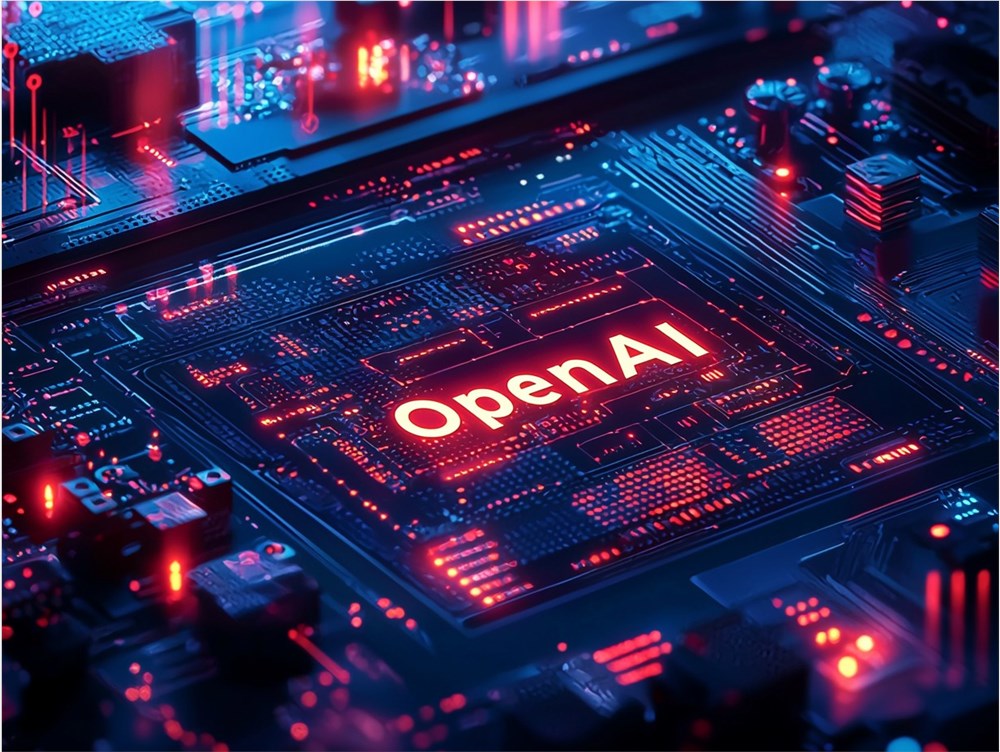OpenAI Partners with Google Cloud to Expand AI Computing Power
In a significant industry development, OpenAI has entered into a partnership with Google Cloud to secure additional computing resources for its AI operations. The agreement, finalized in May 2025, marks a strategic shift for OpenAI as it seeks to diversify its computing power sources beyond its longstanding exclusive relationship with Microsoft Azure.

Breaking the Computing Power Bottleneck
The collaboration comes as OpenAI faces surging demand for computational resources to train and run increasingly sophisticated AI models like ChatGPT. Google Cloud's infrastructure, including its proprietary Tensor Processing Units (TPUs), offers OpenAI a valuable alternative to meet these growing needs. This partnership represents an unusual alignment between two companies that have been direct competitors in AI development, particularly through Google's DeepMind division.
A Multi-Pronged Computing Strategy
OpenAI has been actively pursuing a diversified approach to computing resources. Earlier this year, the company announced collaborations with SoftBank and Oracle on the ambitious $50 billion "Stargate" data center project, expected to supply about 75% of OpenAI's computing needs by 2030. The company is also developing its own AI chips and has signed billion-dollar agreements with specialized providers like CoreWeave.
These moves reflect the intense competition for limited AI computing resources globally. Training advanced language models requires massive computational power, and the current shortage of GPUs and specialized chips is pushing companies toward creative partnerships.
Google Cloud's Strategic Win
The deal represents a major victory for Google Cloud, which generated $43 billion in revenue last year. By positioning itself as a neutral provider of AI infrastructure, Google has attracted high-profile clients including Apple, Anthropic, and now OpenAI. However, the arrangement presents challenges as Google must balance its own DeepMind division's needs with those of external customers like OpenAI.
Google CFO Anat Ashkenazi acknowledged in April that the company's cloud division was struggling to meet all customer demands for computing power. The OpenAI partnership may further strain these resources while simultaneously boosting Google Cloud's position in the competitive cloud services market.
Industry Implications
This collaboration signals broader changes in the AI landscape where traditional competitive boundaries are blurring due to shared resource needs. OpenAI estimates its computing costs could exceed $320 billion between 2025 and 2030 - figures that explain why even rivals are finding reasons to cooperate.
The partnership may also affect OpenAI's relationship with Microsoft, which has invested nearly $14 billion in the company since 2019. As OpenAI adopts a multi-cloud strategy, Microsoft's influence could diminish, potentially leading to renegotiated terms of their partnership.
Looking Ahead
The OpenAI-Google Cloud deal underscores how computational resources have become the critical bottleneck in AI development. While this partnership will accelerate model development, it also highlights ongoing challenges around resource scarcity and cost that will shape industry dynamics for years to come.
Key Points
- OpenAI partners with Google Cloud to diversify computing resources beyond Microsoft Azure
- The deal reflects intense competition for limited AI processing power globally
- Google strengthens its position as neutral infrastructure provider while facing internal resource allocation challenges
- Partnership may impact Microsoft's relationship with OpenAI as multi-cloud strategies emerge
- Industry faces long-term challenges around computing resource scarcity despite new collaborations